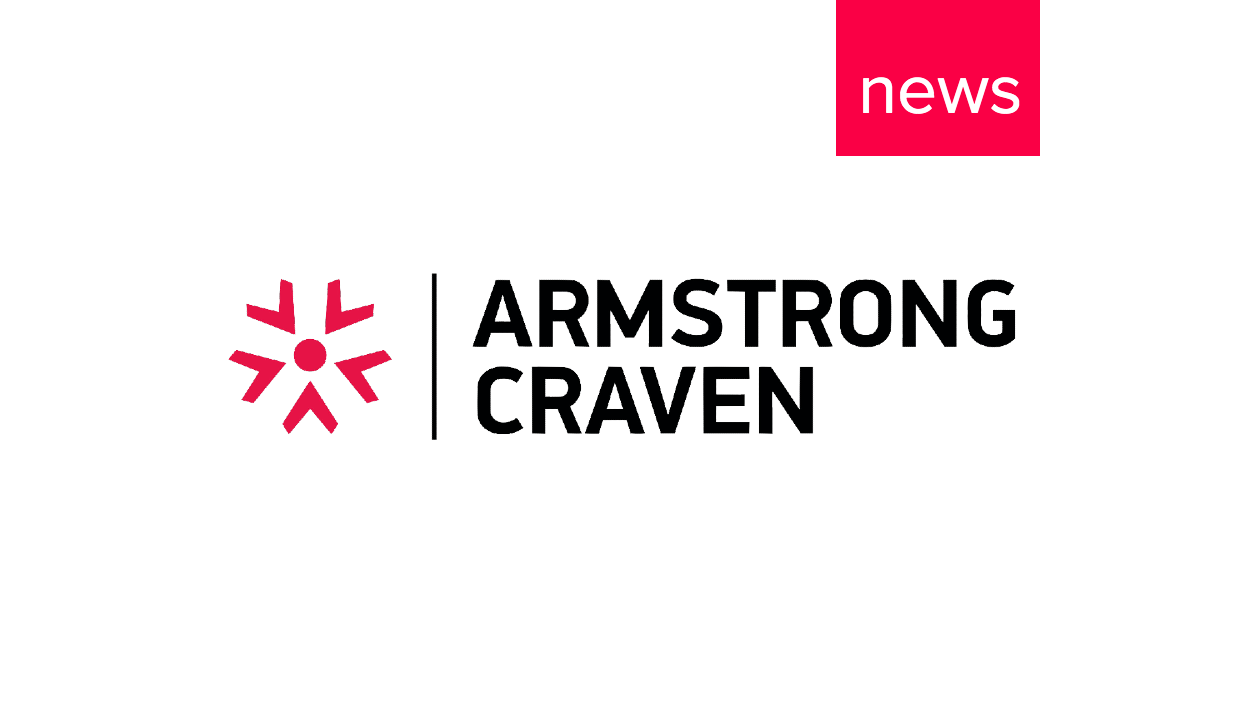Talent and the Fourth Industrial Revolution
10 Apr, 20174 min
Talk to business leaders in Asia Pacific and elsewhere in the world and invariably the topic of the Fourth Industrial Revolution comes up in conversation.
The Fourth Industrial Revolution is and will continue to change the talent landscape.
The First Industrial Revolution used water, coal and steam power to drive production. The second harnessed electric power to deliver mass production. The third is all about the use of electronics and information technology to automate production.
The Fourth Industrial Revolution takes the next giant leap forward. It is all about automation, artificial intelligence and rising connectivity. The sharing economy allows us to do more with less and crowd source information and resources for the wider benefit.
During the next decade, there will undoubtedly be significant advances in productivity and efficiency.
The challenge for businesses and their talent will be to remain relevant.
AI’s potential in Asia is rising. If you look at the data trends, there is an abundance of AI research being undertaken in China, Japan, South Korea and Singapore. In fact there are more cited publications in China than in the United States.
The main issue, however, is the cultural barriers to sharing this knowledge between Asia and the rest of the world, many of which stem from language differences. The other problem is that in the West there is a tendency, even incentives, to commercialise research, but the same dynamics are not present in Asia.
Klaus Schwab, Founder and Executive Chairman of the World Economic Forum, is a leading commentator on the likely implications of the Fourth Industrial Revolution.
He believes that the revolution could cause greater inequality and disrupt labour markets as a result of technology increasingly displacing the work of individuals.
Schwab says: “This will give rise to a job market segregated into ‘low skill/low pay’ and ‘high skill/high pay’ segments which, in turn, will lead to an increase in social tensions.”
He adds: “The inexorable shift from simple digitization (the Third Revolution) to innovation based on combinations of technologies (the Fourth Revolution) is forcing companies to reexamine the way they do business. The bottom line, however, is the same: business leaders and senior executives need to understand their changing environment, challenge the assumptions of their operating teams and relentlessly and continuously innovate.”
Reid Hoffman, co-founder and former executive chairman at LinkedIn, believes there will be a change in the way people and machines work together. He says: “If you look at most of the automation, it comes down to man-machine combinations. And all productivity means is that when you have productivity increases, each person is doing more. And, therefore, the unit – the number of people to do this amount of work goes down, right? But that then creates resources for doing other work.”
If this is the case, it means that the talent most in demand by employers will be those individuals who have the necessary skills to be able to adapt and take on new challenges.
In a recent article, Paul Whitelam, Group VP of Product Marketing at Field Service Management Software company ClickSoftware, identified three ways in which people could best embrace the challenges and opportunities presented by the Fourth Industrial Revolution. They are:
- New tech requires new skills. Be aware of your environment and strive to keep up with all new tech introduced in your workplace. Continuously hone and develop your skills; become as indispensable as possible.
- Technology has no feelings. Many jobs, by their very nature, require human emotion, which cannot be programmed into a machine. From doctors and nurses to artists and writers; the world will always have a need for compassion, empathy, trust and personality. Social skills cannot be emulated by machines, and will always be necessary for many jobs.
- Embrace technology, don’t fear it. While it may seem intimidating when new technology is introduced in the workplace, the best way to approach it is to be curious about it. What is its use? Do people need training? Can you learn everything there is to know about it and position yourself as the go-to person for the tool or solution?
This is good advice and applicable to almost every sector. Countries, companies and individuals who do not meet the challenges and opportunities posed by the Fourth Industrial Revolution will be the ones most at risk.
AI tools and technologies are empowering talent acquisition, allowing business decision-makers to gather insights for potential candidates for senior management roles. Talent mapping with the help of big data, is definitely the next step in recruitment technology with recruiters able to determine their candidate needs well in advance and develop a strategic plan for hiring long-term.
Armstrong Craven is a global talent mapping, pipelining and insight specialist with offices in the UK and Singapore.
- Follow Heather @singaporeAC
- www.armstrongcraven.com
Speak with an expert
If you want to learn a little more about what we do and how talent research can help you make better-informed business decisions, our team of talent research and consulting specialists are happy to help.






